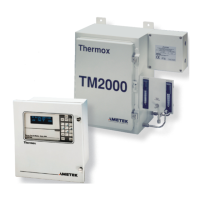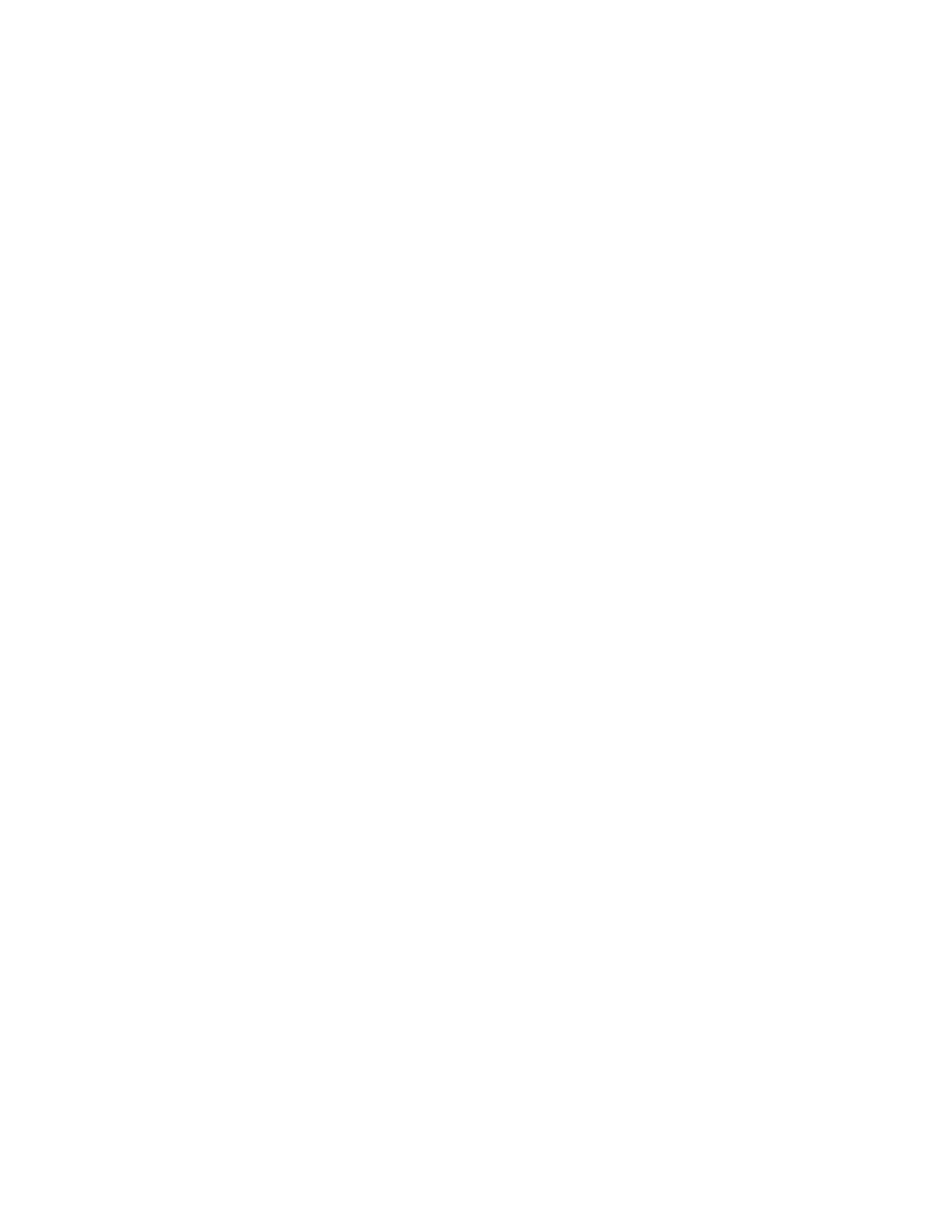Installation and Start-Up | 3-21
Transient and RFI interference
• Althoughtherearetransientandnoiseprotectorsonallcontrolunit
I/O connections (communications, current outputs, sensor, etc.), this
protection is intended to act as a last line of defense against unwanted
transient and RFI interference. Proper installation practices to pre-
vent the introduction of transients and noise into the system must
be followed. Inductive loads connected to the control unit must have
transient suppressors installed at the inductive loads. Be sure to place
the transient suppressor as close to the load as possible. Examples of
transient suppressors include MOVs, TRANSORBs, and RC snubbers.
• ACmainssupplywiringshouldnotberuninthesameconduitwith
mains supply wiring that feeds heavy inductive loads.
• Avoidrunningsignalwiringinthesamecableorconduitwithwires
that power inductive loads unless all the cables within the conduit are
shielded, the inductive loads are small, and transient suppressor are
used at the loads.
• Donotrunsignallinesinthesamecableorconduitwithhighvoltage
lines.
• Foroptimumnoiseprotection,controlunitmainssupplywiring
should be connected to a circuit separate from any circuit that could
introduce transients into the system. As an example, do not run mo-
tors, blowers, or air conditioners using the same mains supply circuit
or conduit as the control unit’s mains supply circuit or conduit.

